Floating Gardens
Water gardens, as well as various water garden features, are becoming more popular with consumers each passing year. Making sure you have the right water garden products and knowing how to package them can make a big difference in total profits, as well as keeping your customers coming back for more.
One of the most popular water garden accessories to hit the marketplace in the past year has been floating planters. In fact, a new floating planter, conceived by Paul Cooper, won a Royal Horticultural Society Award when it debuted at the 1999 Chelsea Flower Show. European interest in floating plants on top of water surfaces has been high. But although the concept is popular throughout Europe, it has only been introduced to American gardeners this past year. Like most trends that travel across the ocean, this one is sure to be just as big stateside.
Why Float
Floating gardens offer several advantages over more traditional methods of water plantings. They are easy to create and maintain, bring more variety into the garden and look great. The planters drift freely across the water’s surface, creating a spectacular display of color and movement. The continual movement allows guests to see many different views of the garden while standing in the same spot, which had not been possible with traditional, permanent plantings.
Should the consumer prefer the planters to remain stationary, containers can easily be attached to a fixed point so that they maintain a permanent position on the water’s surface. A teetering point can be attached to the planters specifically for this purpose.
A variety of plants can be grown in floating planters, many of which may not fair quite as well if they were fully submersed. The level at which the planter floats determines how much water will enter the container and which plants can successfully be grown in it. Anything is possible: plants that prefer dry or normal conditions, which would require the planter to be submersed 3 inches deep, to bog plants that prefer to be half an inch lower to aquatic plants that would require the planter to be submersed 5 inches deep.
Adjusting the depth of the planter in the water is accomplished by loading the planters with the correct amount of additional weight, such as gravel. More gravel or heavier plants means a deeper planter. Typically, depth ranges anywhere from 3-5 inches in the water.
The wide variety of plants that can be successfully grown in floating planters makes the overall effect stunning. This is especially true when visitors see non-traditional pond plants growing in water. Plants that have been successfully grown using this method include heucheras, lamiums, phormiums, heathers, ornamental grasses, cannas and bamboos.
Because the container is buoyant but not water-tight, it will need minimal care. Planters will draw irrigation water directly from the pond, which means they are essentially self-watering. However, the consumer will need to be observant of the pond’s water level, making sure that plants are positioned at the proper depth at all times. Considering water conservation is at an all-time critical high, allowing plants to take up just the water they need can be a real plus for consumers.
“After the initial investment and effort, it is low care. You don’t have to water the plants. They bloom readily and almost continually all summer,” reports Teri Dunn, author of the book Water Gardens. “A pond is said to use less water than the same area covered by a traditional lawn, so water gardening can be said to be environmentally friendly and responsible.”
Placing individual pots inside the larger container allows for ease in changing the arrangement when flowers fade or you want a new look. It is also far easier and less messy to remove individual containers and store them for winter if the gardener chooses to use non-hardy plants, than to dig plants or remove pots from the pond.
Another advantage is that floating garden containers allow plants to be protected from damage by fish. Anyone with a water garden knows that fish are avid plants nibblers, even to the point of killing tender plants. Since fish never actually see the roots of floating container plants, there is no chance that they will eat the plants or that they will be harmed by poisonous plants.
In addition, both container and water gardens are generally not overrun with weeds and require very little maintenance, unlike traditional soil based gardens. Fewer weeds means less time spent in the garden weeding, an appealing concept to many of today’s gardeners. This is one of the main reasons why floating container gardens have become such a big trend in Europe.
But perhaps the biggest advantage of floating gardens is how easy it is to make one. Consumers can choose any style of container that suites their taste, as long as it floats. After that, plant, set adrift and enjoy!







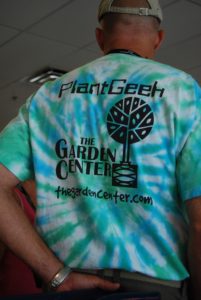



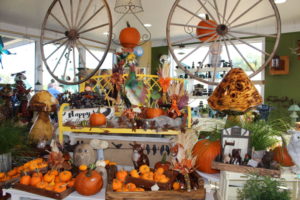
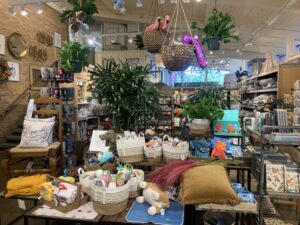
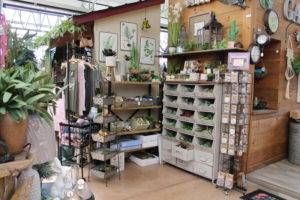
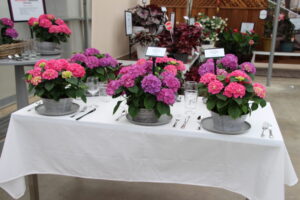
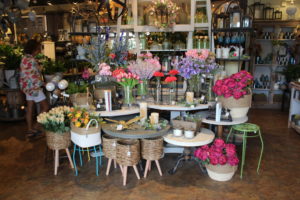

 Videos
Videos





